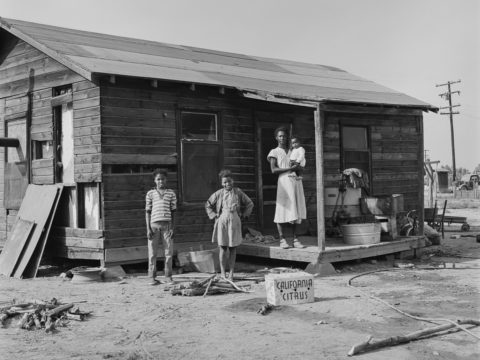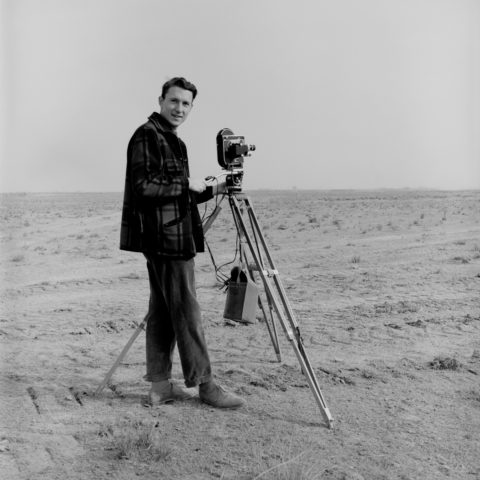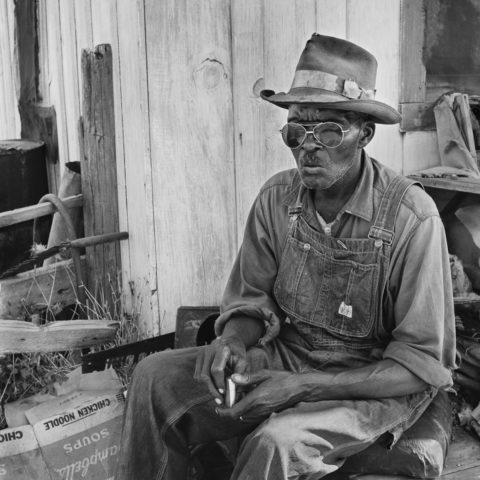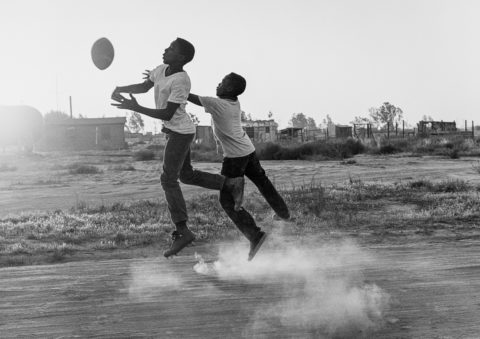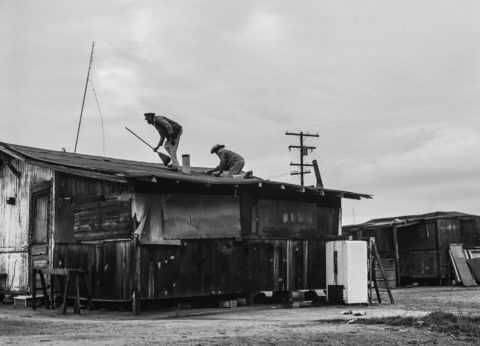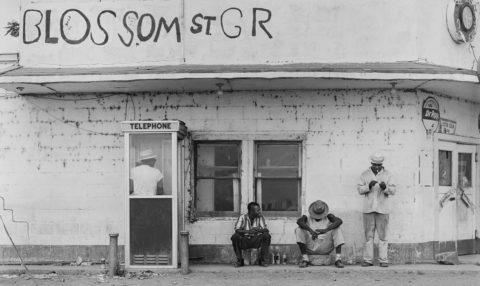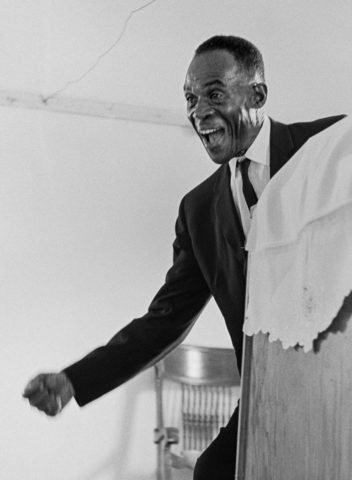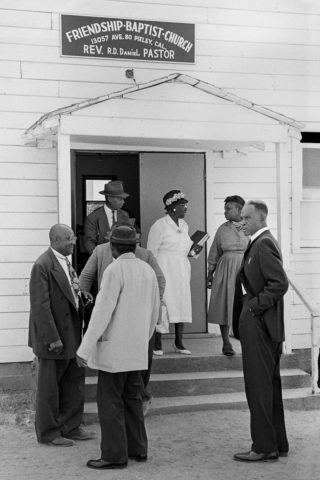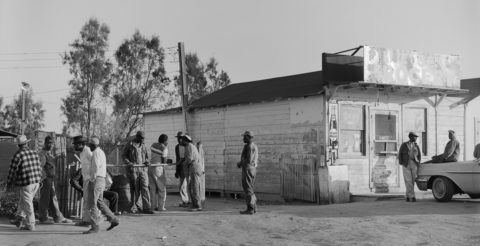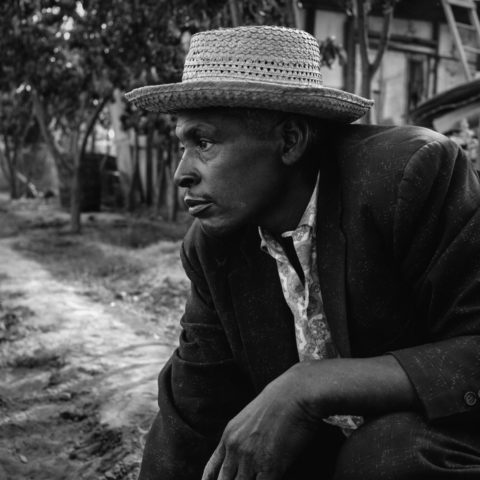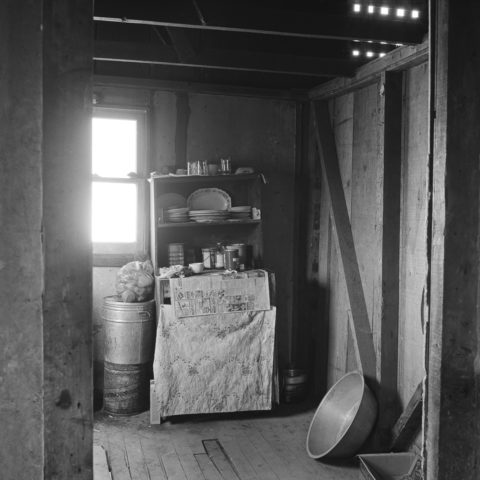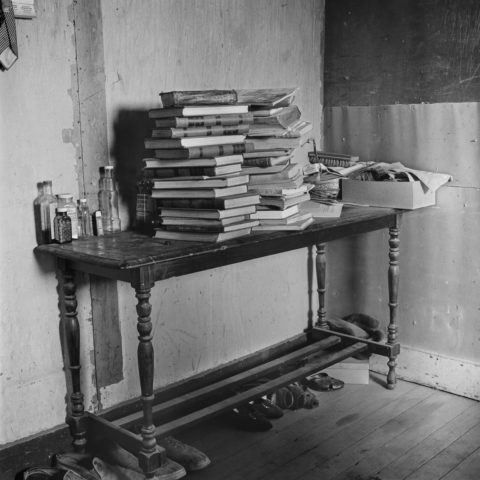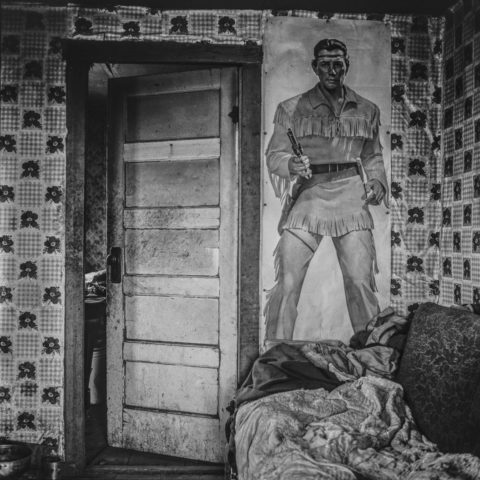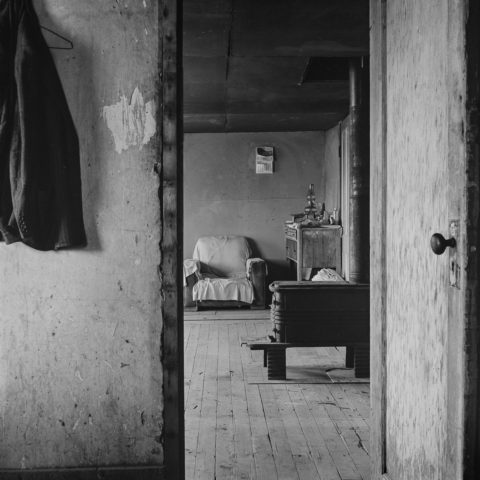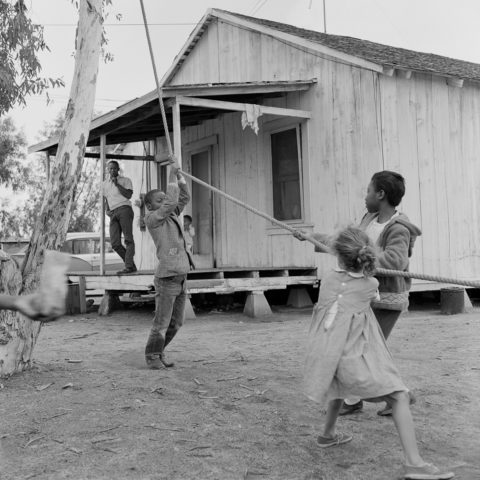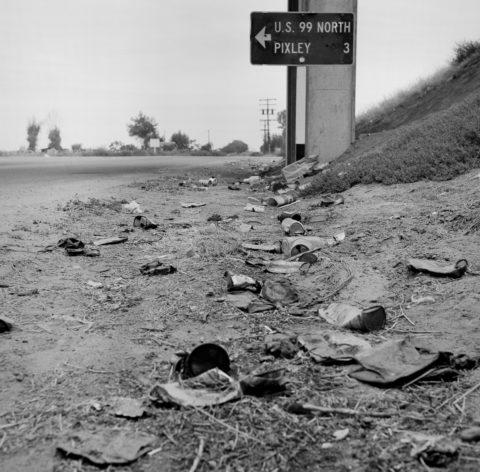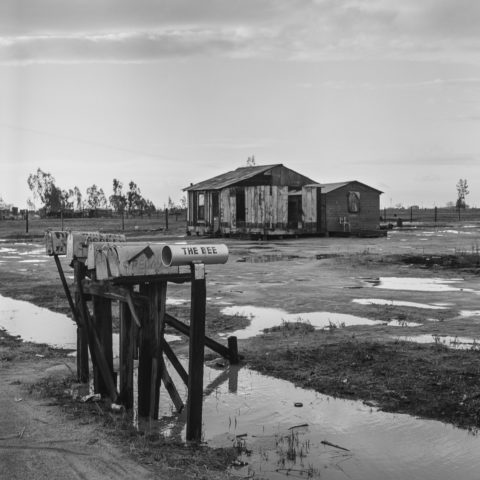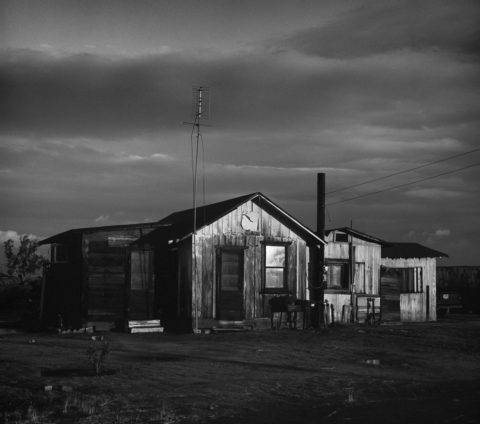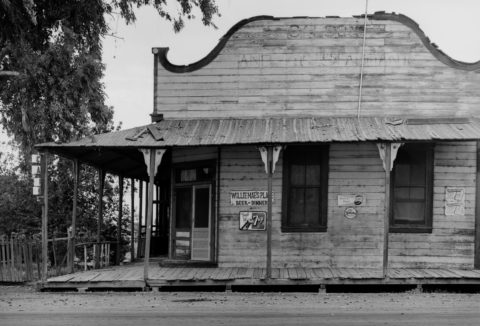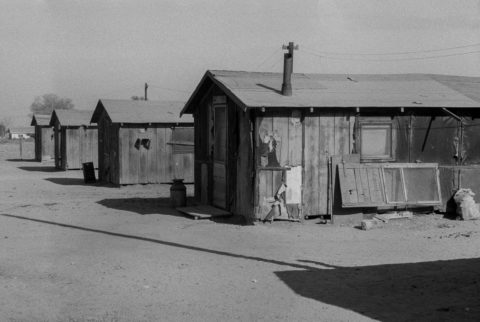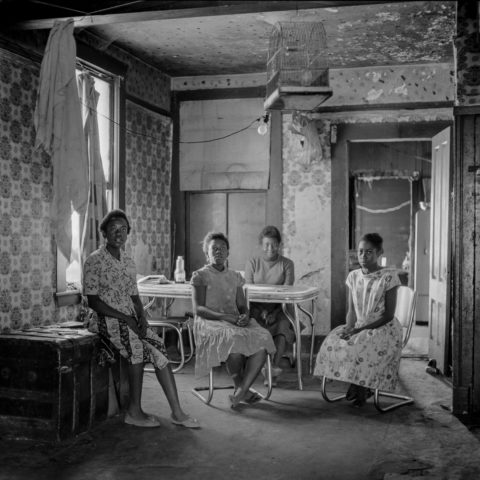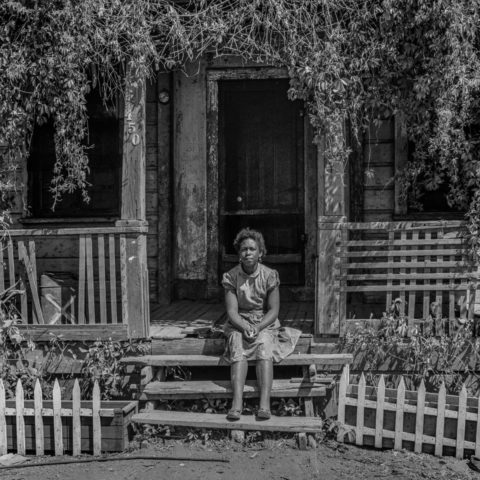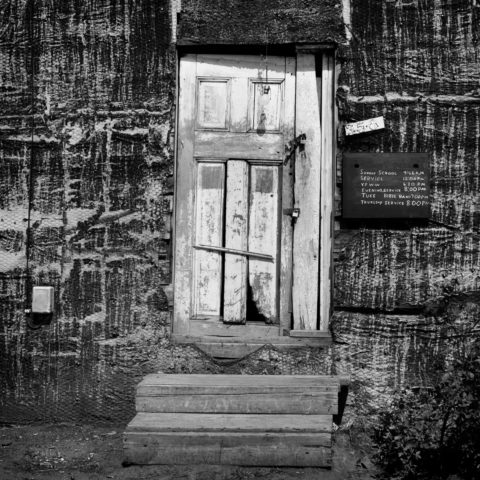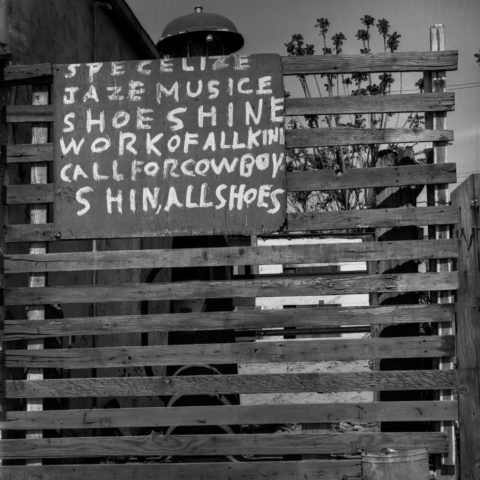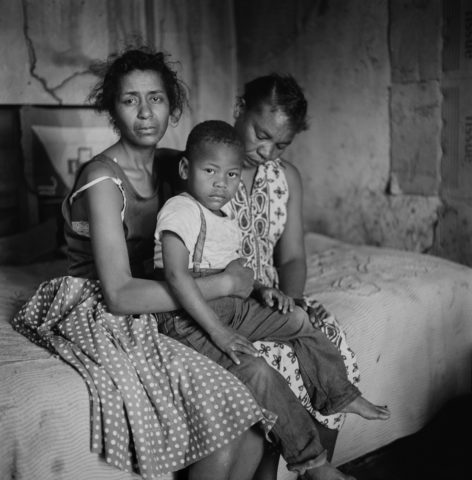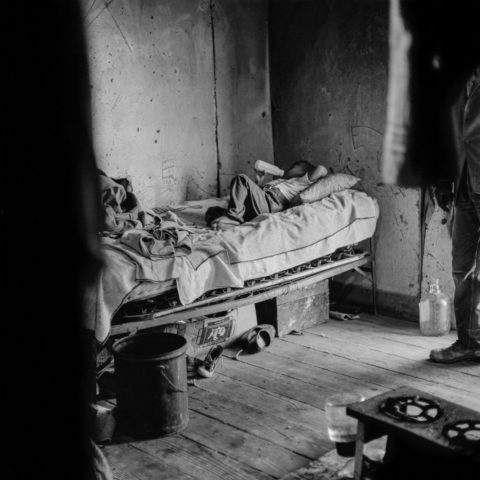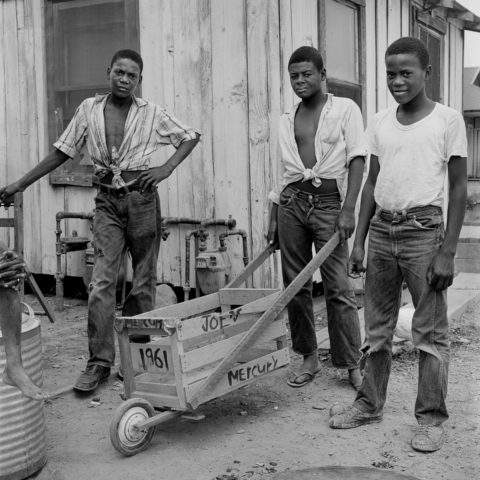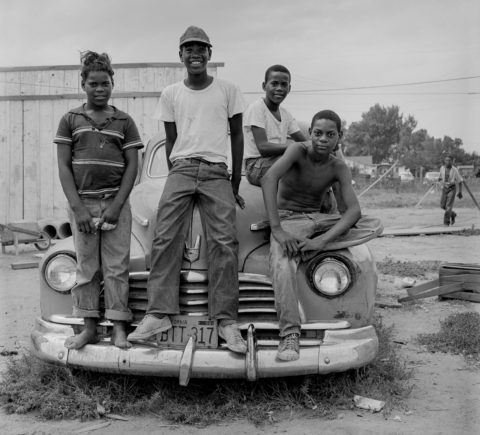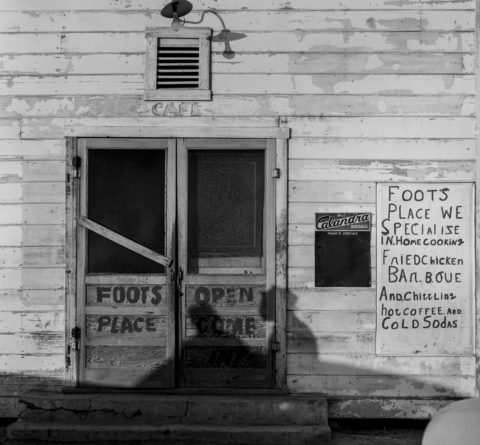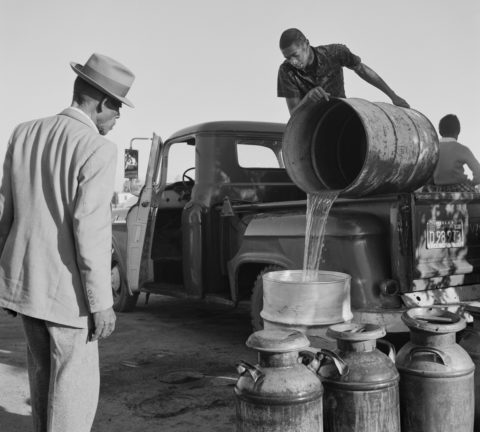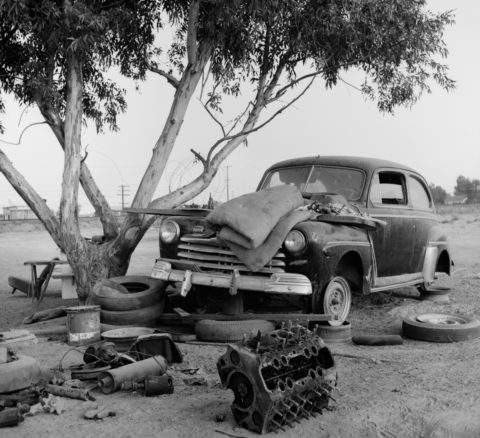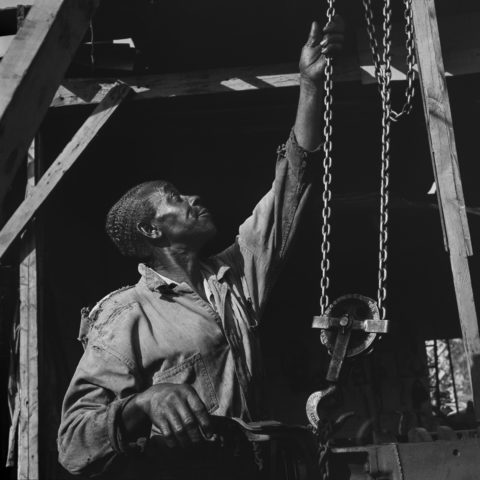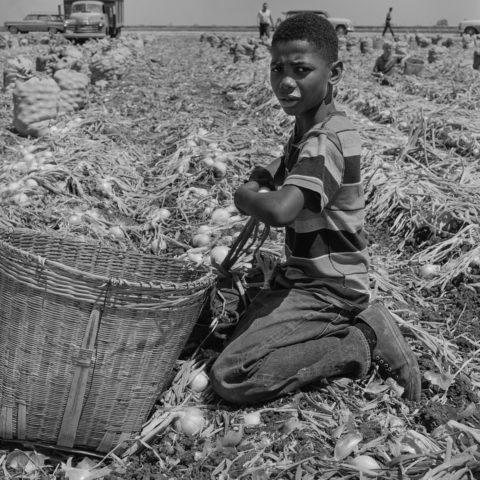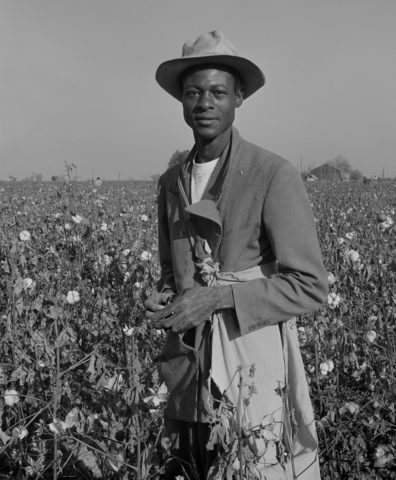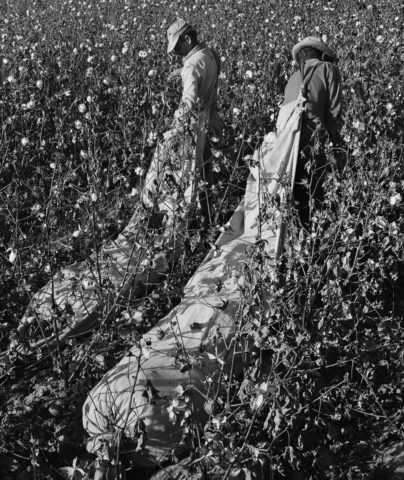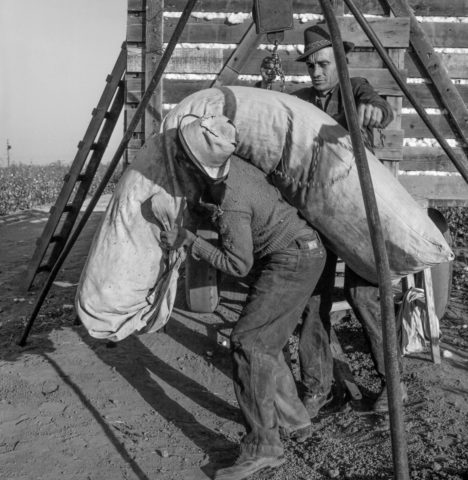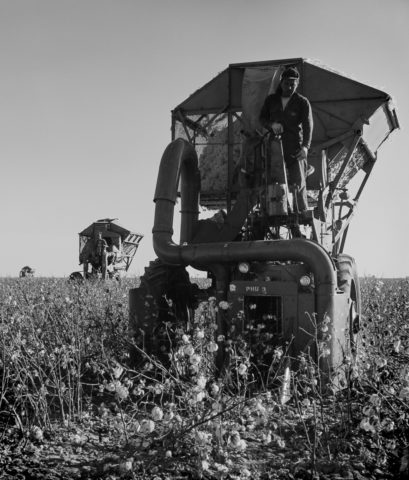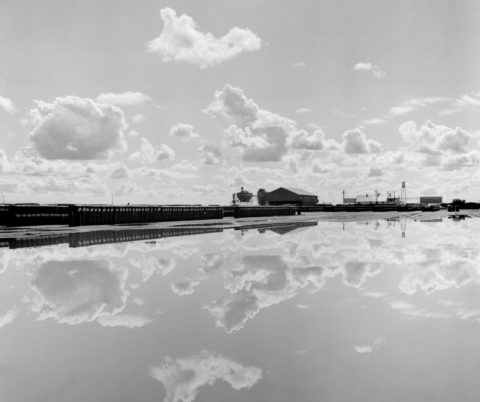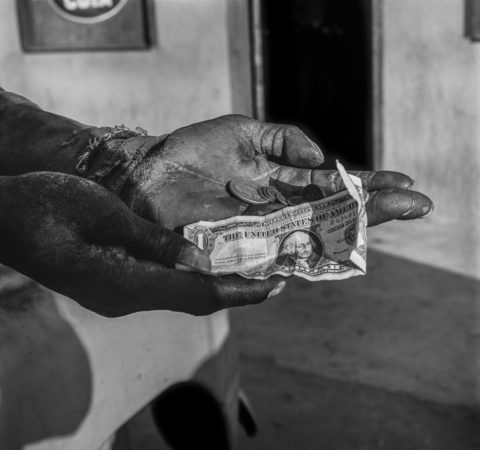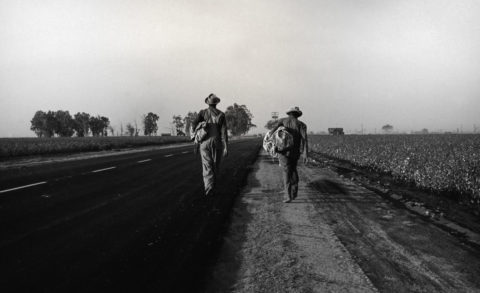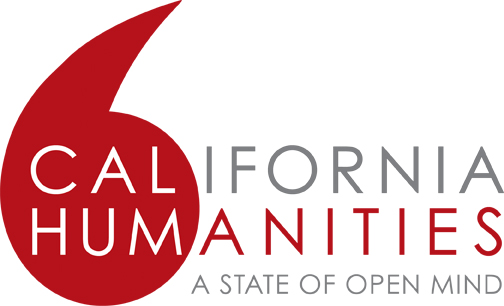They came from Arkansas, Oklahoma, Texas . . . put down new roots in settlements like Lanare, Fairmead, South Dos Palos, or Teviston . . . camps such as Harris Tractor Farm or Cadillac Jack’s Camp . . . neighborhoods in Stockton, Hanford, and other Valley towns. They were the Black Migrants, moving from rural to rural settings, a little known part of the Great Migration out of the Jim Crow south.
Some were recruited by cotton growers like J. G. Boswell. Others traveled west on their own initiative, fulfilling a powerful ambition to succeed, along with hope to escape the bitter racism they’d come up under.
From 1960 to 1966 I photographed them in the Central Valley’s onion and cotton fields, in their unknown settlements, in their tarpaper shacks and trailers. I recorded their stories so the world could hear their voices.
I was a freelance activist documentarian, never pretending to objectivity. I’d walk up to people in a camp or field and say, “I hear you folks are getting a raw deal. I’d like to take your pictures and talk with you so people back in the city can do something about it.” They seldom turned me down.
Although my work documented scenes of dire poverty and backbreaking work, I was also committed to showing the dignity and humanity of these hard working migrants. I saw their strong families and sense of community, even the joy of turning an old rope and tree into a playground for the kids.
Unfortunately the people I met also told stories of how Jim Crow had migrated to the Valley with them: sundown laws, race riots after football games, threats of lynchings. Mothers and fathers told their children, “Just walk on by. Don’t stoop to their level.”
Black Migrants also faced another challenge: by 1961 when I photographed workers picking cotton by hand in a field near Pixley, agro-engineers had developed mechanical cotton pickers that virtually eliminated the need for handpicking by the families I was photographing.
When I returned to Dos Palos and Teviston in 2015 I found many of the folks I’d photographed in the 60’s living successful lives. The children in my 60s photos had succeeded in escaping farm work for jobs in service, hospitality, and government. Their parents’ determination, powerful work ethic, and love had paid off.
Ernest Lowe
